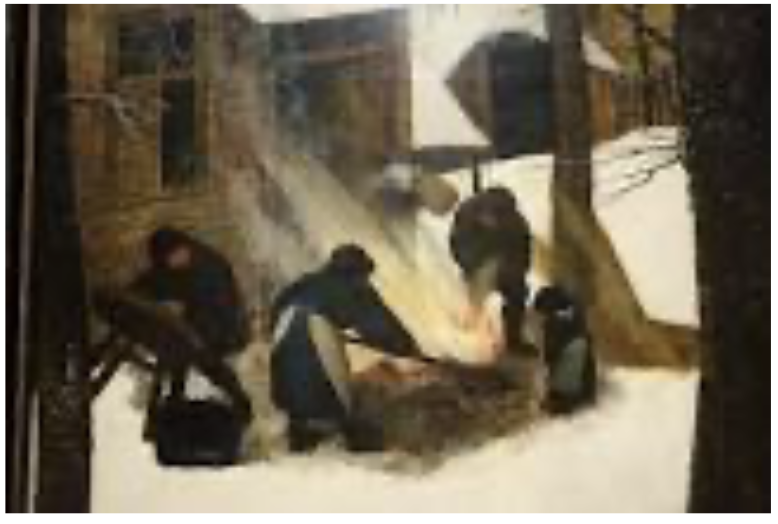Cheap energy means affordable food, heat, and mobility; which is why its has to go
/( painted in 1565, DURING The 15th-19th Century Little ice age, an event no longer mentioned in polite company)
Food shortages are cropping up in Europe, and will land on our shelves soon
Stacy Lennox:
“Between record heat waves in the U.S. and abroad, droughts in the middle of the country, fertilizer shortages, and rising costs for just about every farm input, many American farms are on the brink. Everyone will feel the pinch in continued food price increases and shortages at the store.
“As bad as the agricultural outlook is in America, it is far worse in Europe. The dedication to a green energy suicide pact on the continent is colliding with the news Russia will not ship any fossil fuels until the West lifts sanctions. The skyrocketing energy prices have farmers leaving crops in the fields to die.
“In Norway, one farmer’s story is instructive. Vegetable farmer Per Odd Gjestvang is leaving his leeks in the field to die because the cost of harvesting and adequately storing them is too high:
Around 29 tonnes of leeks are lost. It has a gross value of around 700,000. “This is madness. This is food that should have been harvested and taken care of,” says Gjestvang.
On the farm, the family grows around 3,000 tonnes of vegetables each growing season. The leeks had normally been taken to cold storage, so that they would be found in Norwegian vegetable counters this winter. But the calculation simply does not add up for the farmer.
With today’s electricity prices, Gjestvang does not see it as financially sound to spend money on storing the vegetables. In that case, it will be a purely loss-making project, he believes.
No profit, no food.
In the high season, Gjestvang uses around 80,000 kilowatt-hours a month for cooling. Previously, Gjestvang paid around [NOK] 24,000 for electricity per month. Now the price is almost 16 times as high.
The way the market is now, with a cautiously high electricity price of NOK five [the country’s base currency], it will be NOK 400,000. It is not possible to achieve, he says.
“Norway’s largest vegetable producer is also considering storing the vegetables on the field for as long as possible beyond the autumn. It will be too expensive to store and cool the vegetables in the usual way. One carrot producer is already beyond the appropriate harvest time and believes his harvest will only be good for “pig fodder.”
Likewise, Sweden’s largest tomato producer is suspending operations for its winter crop. The firm’s price per kilowatt hour has more than doubled, and the winter crop is grown in a greenhouse. Total costs to produce the winter crop have increased tenfold since last season.
Swedish journalist Peter Imanuelsen notes these reductions in agricultural production are happening while the Netherlands is forcing 11,200 farms to close to meet climate goals. This action will cripple the food supply on the continent since the Netherlands is the world’s second-largest exporter of food:
In 2021, Germany was the largest international consumer of Dutch bio-products (€26.3 billion), followed by Belgium (€12.1 billion), France (€8.6 billion), and the UK (€8.6 billion).
Ornamental plants and flowers are the hottest export items for the Netherlands, raking in about €12 billion in 2021. Dairy products, eggs, meat, and vegetables profit over €25 billion combined.
“And American farmers won’t escape the green power grab. The “Inflation Reduction Act” puts farmers under the control of the EPA to govern nitrogen emissions. Additionally, it allocates $20 billion to fund “climate-smart agricultural practices.” News from Europe helps us to predict how bureaucrats will use this money. Regulators will spend it reducing meat production further, especially beef, and lowering food output by restricting fertilizer and energy from fossil fuels.”
Not to worry, though: EU’s Commissioner is calling for mandatory curtailments of energy use “to flatten the curve”. Dr. Fauci was unavailable for comment.

